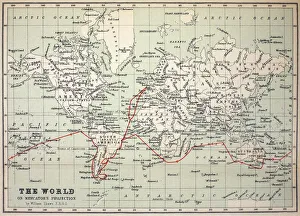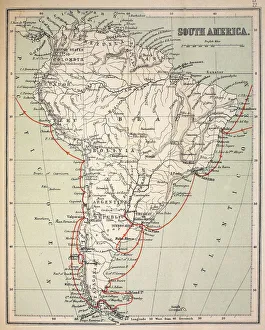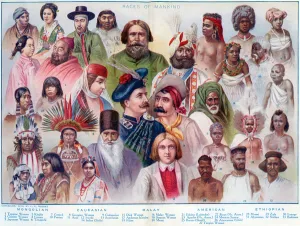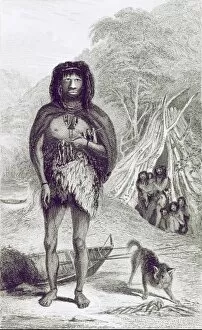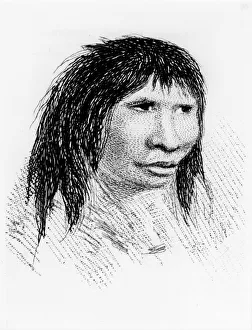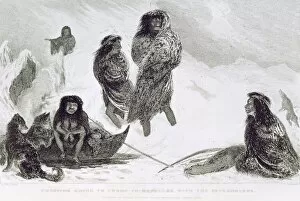Fuegian Collection
"Fuegian: Exploring the Enigmatic Indigenous People of Tierra del Fuego" Embarking on Charles Darwin's historic voyage aboard the HMS Beagle
All Professionally Made to Order for Quick Shipping
"Fuegian: Exploring the Enigmatic Indigenous People of Tierra del Fuego" Embarking on Charles Darwin's historic voyage aboard the HMS Beagle, one encounters a captivating chapter in South America's history - the Fuegians. This indigenous group, native to the remote region of Tierra del Fuego, left an indelible mark on Darwin's scientific observations and our understanding of human diversity. As depicted in maps tracing Darwin's Beagle voyage through South America, these lands were a crucible for his groundbreaking theories. The encounter with a male savage from Terra del Fuego in 1795, captured by artist J Chapman, offered early glimpses into their unique culture. The engraving depicting the cruise of HMS Ruby to Staten Island and the Beagle Channel showcases how this isolated landscape shaped their way of life. Natives from both Tierra del Fuego and Patagonia are portrayed here, revealing distinct characteristics that set them apart. Intriguingly, "Races of Mankind" illustrations from The British Empire Universities Modern English Illustrated provide further insight into the diverse physical appearances within this population. A significant contrast is evident as we explore engravings showcasing a Fuegian family and four individuals painted by George Catlin in 1856/1869. Their lifestyle is vividly captured in Robert Taylor Pritchett's artwork titled "Fuegians and their Wigwams. " These dwellings made from natural materials reflect their resourcefulness amidst harsh conditions. Additionally, an image featuring Alakaluf Fuegians dressed in guanaco skins reminds us of their deep connection with nature. Through these historical records spanning centuries, we gain glimpses into the lives and traditions that defined these resilient people who called Tierra del Fuego home. Their story serves as a testament to humanity's ability to adapt and thrive even under extreme circumstances - leaving an enduring legacy etched in the annals of South American history.

